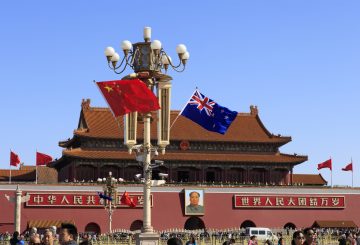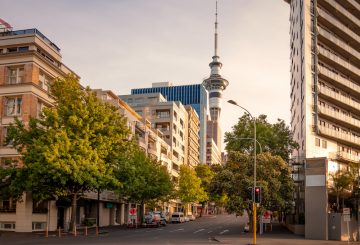Điều kiện làm việc linh hoạt đang được xem như một công cụ quan trọng để ngăn chặn các công ty công nghệ New Zealand mất nhân viên cho các công ty lớn ở nước ngoài.
Christchurch dựa trên Jade Software, mà đang tìm kiếm 25 nhân viên New Zealand có trụ sở, cho biết gần đây họ đã mất người đến Úc.
Với công ty hiện đang trong chế độ tăng trưởng trong một thị trường việc làm chặt chẽ là gì, nó hy vọng sẽ giữ vững các nhân viên mới mà nó tuyển dụng.
Jade đã tự tin tăng doanh thu từ 30 triệu USD lên 80 triệu USD trong vòng 10 năm.
Giám đốc sáng tạo Jade John Ascroft cho biết một nền văn hóa nơi làm việc tốt là quan trọng trong một ngành công nghiệp nơi làm việc có thể bận rộn.
“Chúng tôi rõ ràng phải trả một khoản phí cạnh tranh, bởi vì bạn không thể giữ mọi người nếu bạn không làm điều đó. Nhưng trên hết, chúng tôi cố gắng đặt ra một sự cân bằng trong công việc và cuộc sống hấp dẫn, một nền văn hóa khuyến khích sự đa dạng và làm việc linh hoạt”, Ascroft nói.
“Tôi nghĩ rằng New Zealand có một số cơ hội khá độc đáo. Ví dụ, chúng tôi có một nhân viên người Pháp chỉ tiếp tục raving về thực tế họ có thể lướt sóng vào buổi sáng và trượt tuyết vào buổi chiều.
“Công nghệ thông tin theo truyền thống là một loại làm việc chăm chỉ, chơi nghề chăm chỉ và tôi nghĩ rằng cung cấp loại khả năng mà mọi người có thể nếu họ muốn, họ có thể làm việc chăm chỉ, họ có thể làm công việc, nhưng sau đó bạn biết đấy, họ cũng có thể có một số thời gian chết và đó là tất cả những gì nó là về.”
Ông cũng lạc quan về đào tạo New Zealand cho lĩnh vực công nghệ.
“Trong quá khứ, thật công bằng khi nói rằng các tổ chức đại học New Zealand không đào tạo đủ người để đáp ứng nhu cầu ngành công nghiệp, nhưng đó không còn là trường hợp nữa. Các nhà cung cấp đại học địa phương thực hiện một công việc tốt trong đào tạo kỹ sư sau đại học, điều này rất quan trọng với những khó khăn trong việc tuyển dụng người nước ngoài hiện nay.
“Với vòi nước nhập cư hiện đang tắt thì khó khăn hơn để thuê những người có kinh nghiệm, nhưng mặt trái của việc đó là các công ty New Zealand thường tiếp nhận nhân viên, đào tạo họ trong vài năm và sau đó mất họ vào vai trò ở nước ngoài – điều này không phải là vấn đề vào lúc này. Vì vậy, chúng tôi có nhiều hơn một sự cân bằng – mà chúng tôi hy vọng sẽ có lợi cho chúng tôi.”
Nguồn: RNZ News





























































